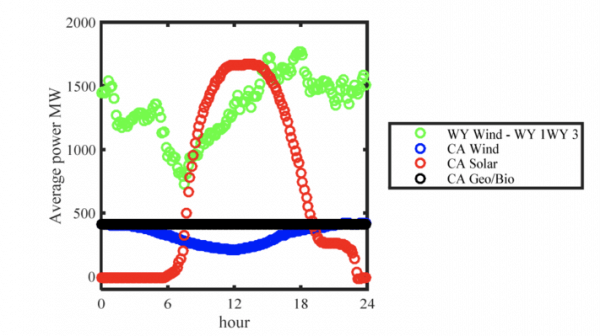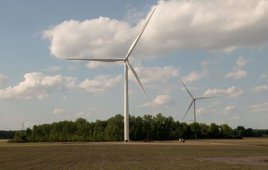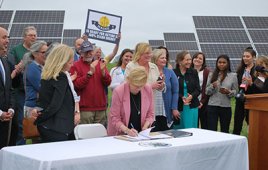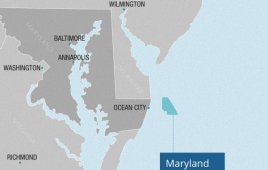High-voltage direct-current transmission lines hold the key to slashing greenhouse gases.
James Temple / MIT Technology Review
Several miles south of Rawlins, Wyoming, on a cattle ranch east of the Continental Divide, construction crews have begun laying down roads and pads that could eventually underpin up to 1,000 wind turbines. Once complete, the Chokecherry and Sierra Madre project could generate around 12 million megawatt-hours of electricity annually, making it the nation’s largest wind farm.

How Wyoming wind (in green) could balance out California solar (in red) throughout the day in June. Source: Wind Diversity Enhancement of Wyoming and California Wind Energy Projects, 2015.
But how do you get that much wind power to where it’s actually needed?
The Denver-based company behind the project hopes to erect a series of steel transmission towers that would stretch a high-voltage direct-current transmission line 730 miles across the American West. It could carry as much as 3,000 megawatts of Wyoming wind power to the electricity markets of California, Nevada, and Arizona. With the right deals in place, the transmission line could deliver solar-generated electricity back as well, balancing Wyoming’s powerful late-afternoon winds with California’s bright daytime sun.
The $3 billion TransWest Express Transmission Project is among a handful of proposed direct-current transmission lines in the United States, and one of the furthest along in the planning process. It underscores the huge promise of these high-capacity lines to unlock the full potential of renewable energy.
For the rest of the article: https://goo.gl/mk9ZUF
Filed Under: Uncategorized




